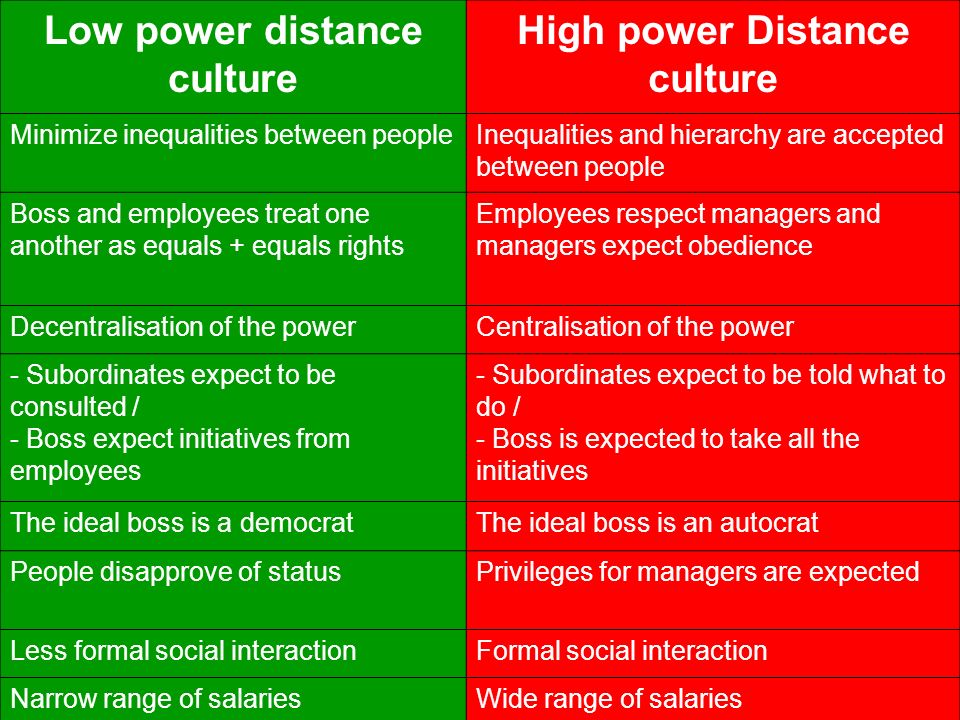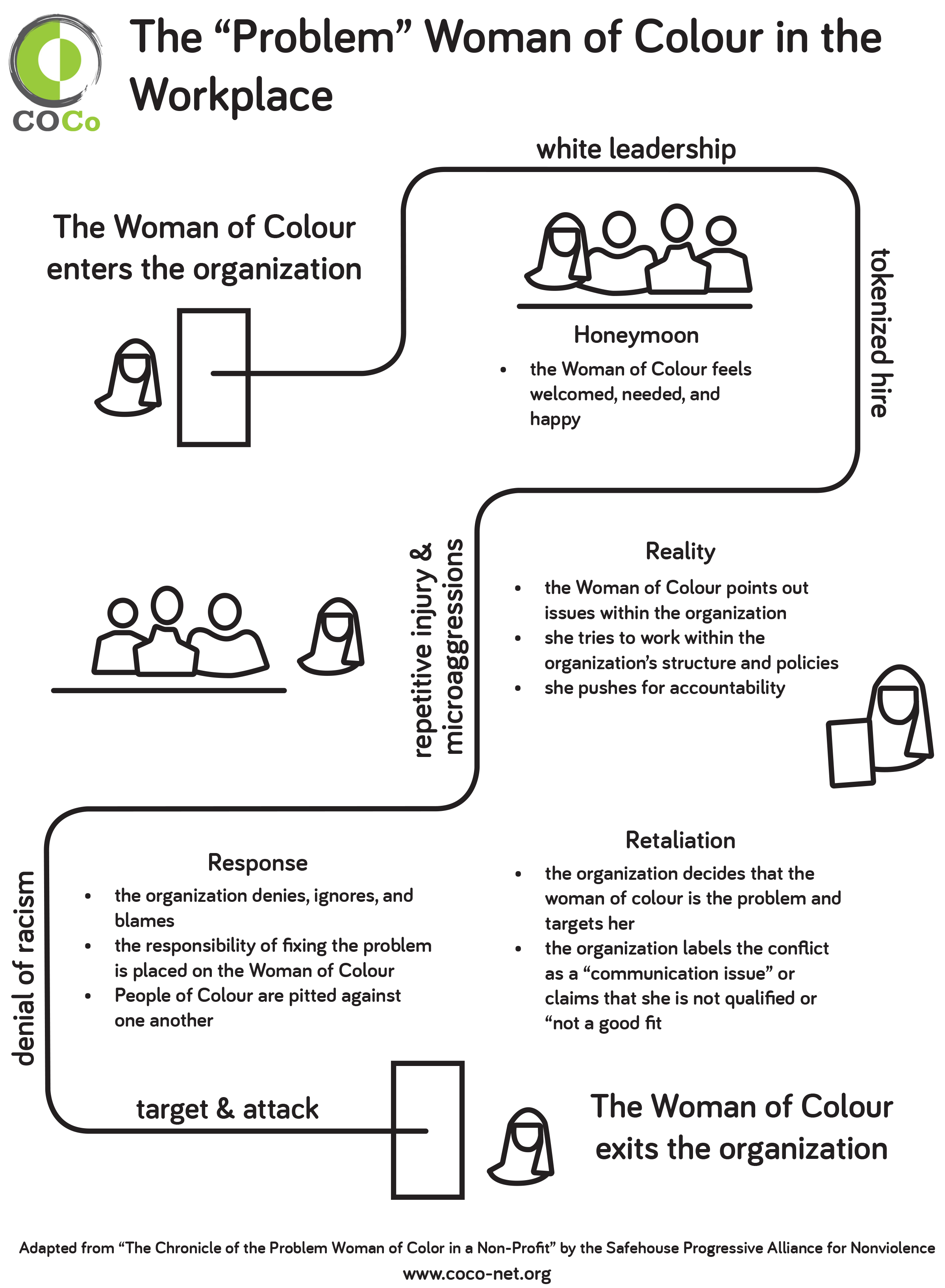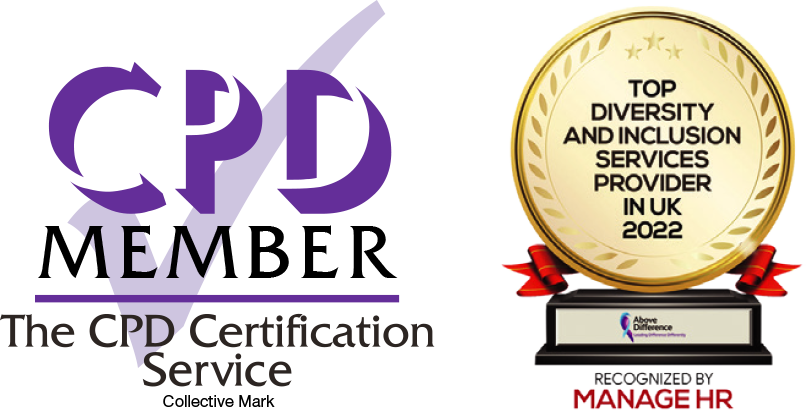INSIGHTS: DIFFERENCE
Inclusion in a Very English Way: Why Cultural Intelligence (CQ) Makes Inclusion, Inclusive

“Ask most people about what inclusion looks like at work and two words instantly pop up – respect and value (being respected and being valued). To what degree, however, is an individual’s perception of being respected and valued in the workplace defined by their cultural background, values, and cultural preferences? If culture does make a difference, then by what cultural lens are we defining inclusion when we talk about it. Do we just mean inclusion the English way?”
September 27 – October 3 is National Inclusion week in 2021, similar to last year, social media will probably be awash with the voices of many reiterating the importance and relevance of Inclusion to the diversity agenda. It is very encouraging to see Inclusion celebrated in its own right. Even more so, that there is now a clear recognition that diversity itself, does not automatically mean Inclusion. One would go so far to suggest, that diversity in any workplace without equity and inclusion is just tokenism, a demeaning numbers game that leaves many of its target groups and champions, broken, disillusioned, and frustrated.
As encouraging as this emerging focus on Inclusion is, I wonder if there is a real danger that it becomes a meaningless buzzword. Could it too become an aspirational ‘catch-all’ for all our shared ambitions around the reality of an equal and fair society?
This danger, I believe, lies in the underlying assumption that Inclusion itself is monochromic, particularly concerning ethnicity. That it means the same in every cultural context and is not shaped or defined by the cultural values and preferences of those who seek to include and/or those who are being ‘included’. This assumption would suggest that being included, looks, and feels the same to everyone irrespective of their cultural or indeed social background. I am not sure it is that simple.
Ask most people about what inclusion looks like at work and two words instantly pop up – respect and value (being respected and being valued). To what degree, however, is an individual’s perception of being respected and valued in the workplace defined by their cultural background, values, and cultural preferences? If culture does make a difference, then by what cultural lens are we defining inclusion when we talk about it. Do we just mean inclusion the English way?
As a Cultural Intelligence (CQ) Trainer and Facilitator, I constantly question my assumptions about what Inclusion looks and feels like from different cultural perspectives. I do so now, through the lens of enhanced Cultural Intelligence (CQ) and a growing deeper appreciation of the impact of cultural values and preferences on intercultural interactions between individuals.
Here’s an example. In some cultures (high power distance cultures), respecting your boss/manager means listening and in many cases acquiescing quietly to what they have to say. It means, not disagreeing with them in meetings even if you think they are wrong. In these cultures, respect can be submissive and can involve surrendering one’s rights in favor of a ‘superior.’ Hierarchy is essential, and status is everything. Professional standing is expected to be clearly, visually defined in the perks that come with seniority of office. Decision-making (even the most basic) powers are intentionally invested in the hierarchy. Respect, especially from subordinates means being treated with suitable deference in all things.
In other cultures, (low power distance cultures) a person who sits quietly in a meeting, seemingly unwilling to challenge or debate in front of a manager/leader can be perceived as lacking character or initiative. Individuals at all levels in the workplace are expected to demonstrate an ability to make decisions, prioritize without continually checking with a manager and work on their own initiative. Open, shared office spaces are all the rage. Flashing signs of your authority or title, especially in the public sector is generally considered inappropriate behavior. Respect is expected to be a two-way street, and deliberate attempts to assert authority vested in your position over subordinates can be seen as bullying and is frowned upon. I found this chart on the internet that loosely sets this out.

It is clear that leaders in these different cultural contexts will have different views about what respect for their positions in the workplace will look and feel like as will the individuals lower down the pecking scale about being valued. As a young fresh graduate arriving back to the UK from Nigeria and having grown up in a high power distance culture and perhaps an even higher power distance family, I remember my confusion as I tried to come to grips with these conflicting perspectives.
When my first UK ‘boss’ asked what I thought about a new proposal he was presenting, I genuinely thought it was a trick question. Nothing in me felt it was appropriate or safe to give him my honest opinion which as it was, wasn’t entirely positive. In my view, to express that would have been ‘disrespectful.’
So here is the rub. In an ethnically diverse team, set in a low power distance culture where the manager and team members are from diverse cultural backgrounds (Low/high), which definition of respect/value wins out? How does the other individual or individuals resolve the potential loss of part of their cultural identity in the workplace and still feel valued and respected? Can they express their confusion without fear of being patronised, judged, treated as if their own values are retrograde, backward or ‘just not the way we do things round here’. Is simply conforming (by choice or by expectation#) to the dominant cultural perspective real Inclusion?
The issue here is not about which of these two cultural perspectives with regards to respect is preferable or ‘right.’ We will naturally all make that judgement through our own cultural lens and the cultural values of the environment in which we live. While a High Power Distance approach to ‘respect’ and ‘value’ may not sit well with our Eurocentric view of the world, it is the very real and lived experience of many people from African, Asian and Middle Eastern parts of the world and an acceptable way of doing things within the workplace, socially and in families.
This is where Cultural Intelligence (CQ) becomes vital. The Cultural Intelligence Quotient (CQ) is defined as the capability to work effectively across diverse cultural contexts, including ethnic, generational, organisational, etc. I think it’s relevance to inclusion lies in the fact that it provides a common ground for the ‘includers’ and those to be included. Both sides benefit immensely from developing the core capabilities that are key to an enhanced Cultural Intelligence (CQ) in individuals and teams. These shared capabilities make inclusion for all, a comfortable reality.
Individuals with enhanced CQ Drive are motivated to learn and adapt to new and diverse cultural settings and values. This is important because it provides an open and curious platform on which differences in perspectives can are identified and engaged with positively.
Individuals with enhanced CQ Knowledge have a rich, well-organised understanding of culture and how it affects the way people think and behave. They understand that assumptions and stereotypes based on one’s own cultural values and preferences are the death of inclusion and diversity.
Individuals with enhanced CQ Strategy think about multicultural interactions before and after they occur. They recognise the importance of planning, checking, and most importantly possess a refined awareness of the cultural perspectives of self and others during interactions with people different from themselves.
Finally, individuals with enhanced CQ Action translate their CQ Drive, CQ Knowledge, and CQ Strategy into action. They know when and where to adapt their behavior and speech. They know how important this is to make others feel valued, accepted, and in some cases, safe in the workplace.
All of these components can be assessed, developed in individuals and teams and it works. Research tells us that where CQ levels are low, diverse teams will underperform against homogenous teams on every key indicator – performance, productivity, creativity and innovation. Where CQ levels are high, the reverse is true; diverse teams significantly outperform homogenous teams on every indicator.
Cultural Intelligence makes inclusion a shared and jointly owned agenda. It tackles the suspicions, misunderstandings, and friction that inevitably occurs when diverse cultural perspectives come together. It challenges the subtle, covert cultural superiority that sadly, so often underpins misjudged, patronising attempts at inclusion. It says it’s ok to be different but equips us to respond and react to difference in a way that is universally respectful. CQ helps us do difference better.
The challenge is not about how diverse organisations look but how diverse they feel for everyone. Those feelings will always be shaped and analysed through the lens of our diverse cultural values, lived experiences, and preferences. Real inclusion comes when we openly acknowledge those differences, recognise the distances that everyone has to travel to an agreed and shared set of values around being and doing in the workplace. When teams are Culturally Intelligent, they make this journey together. There are no ‘includers’ and ‘included’ just a diverse and beautiful spectrum of individuals seeking, learning, experiencing, and shaping together.
These are the individuals and leaders that produce innovative, inclusive and creative solutions that make the world a much better place for all.








